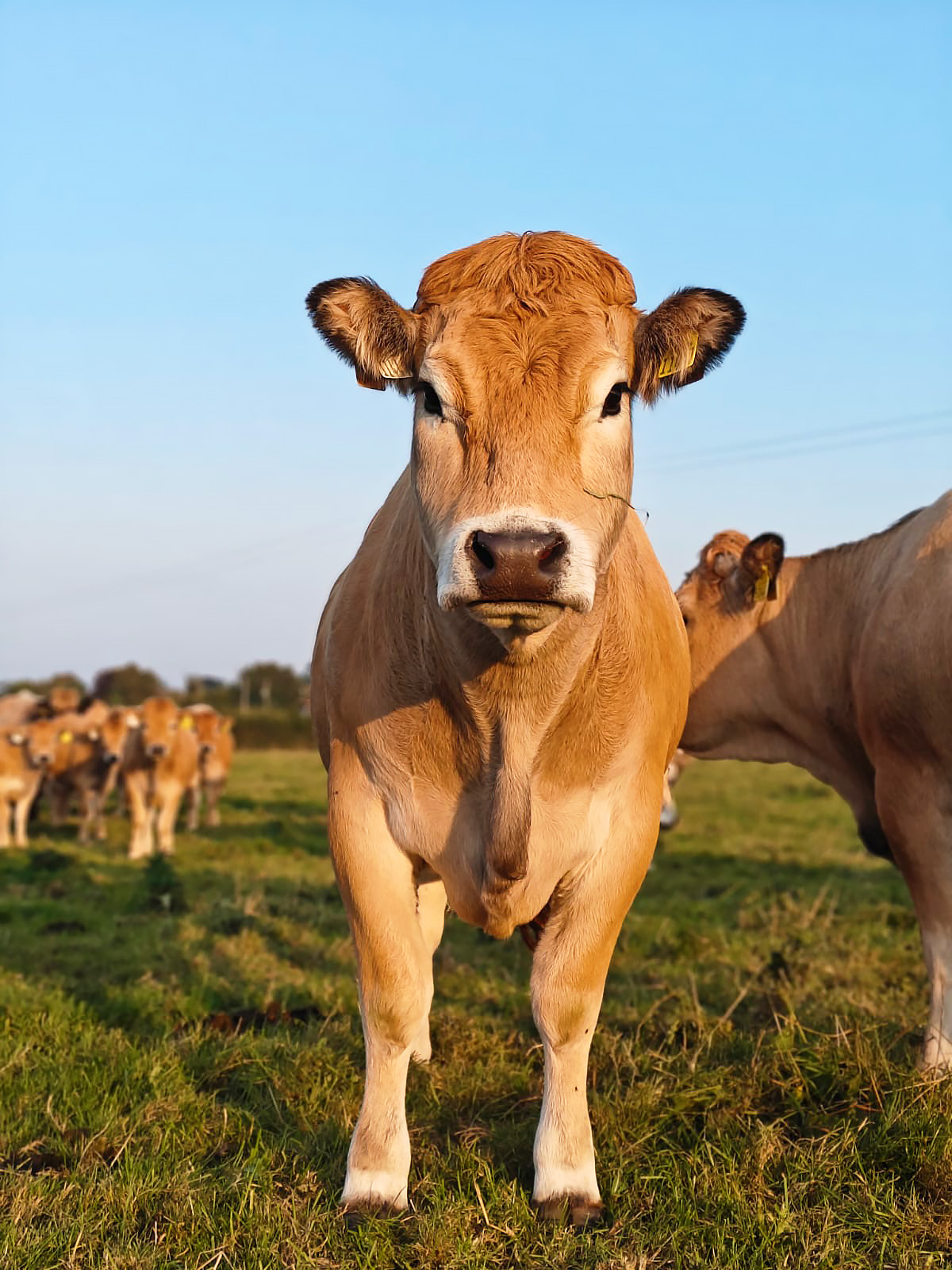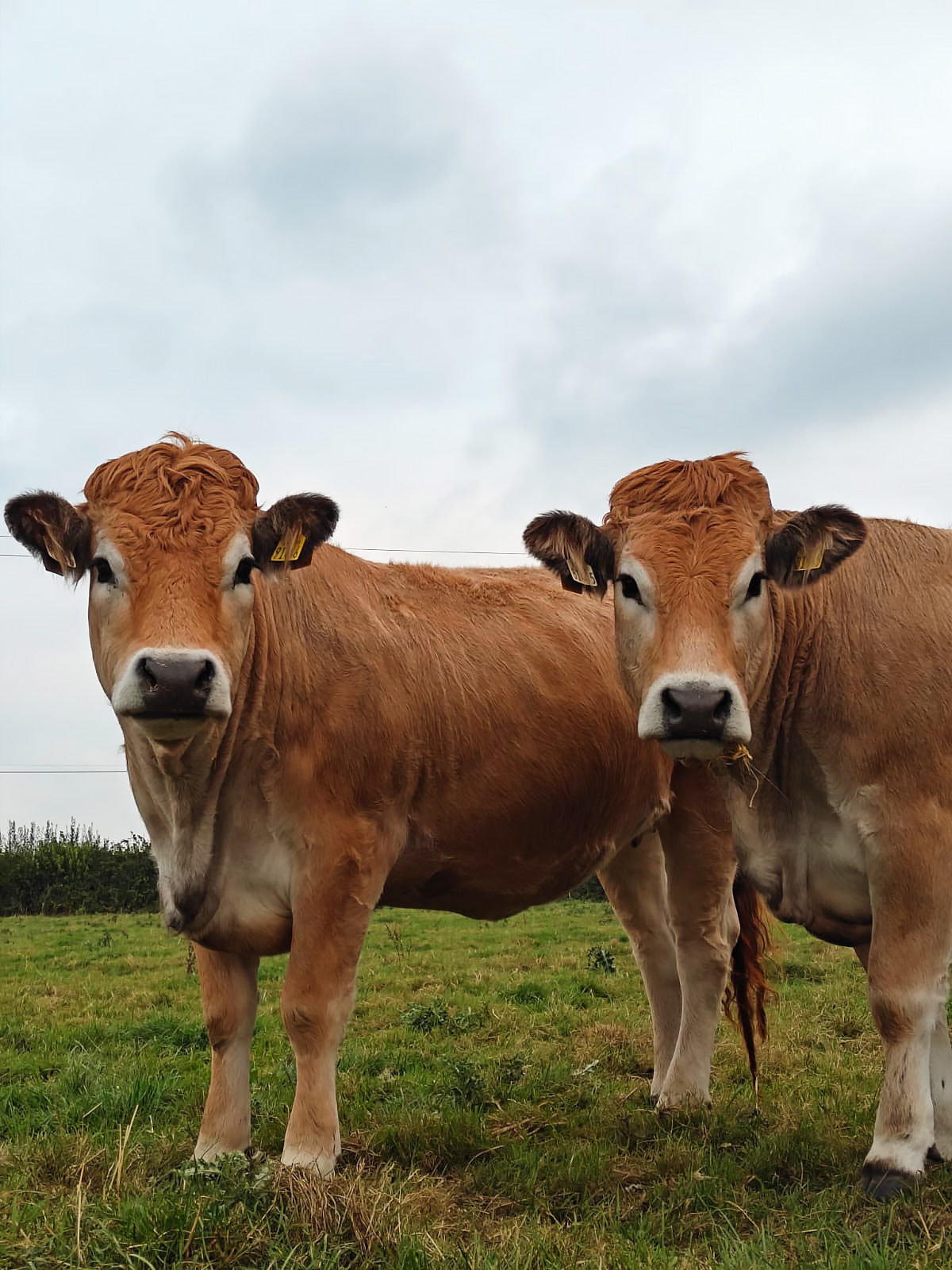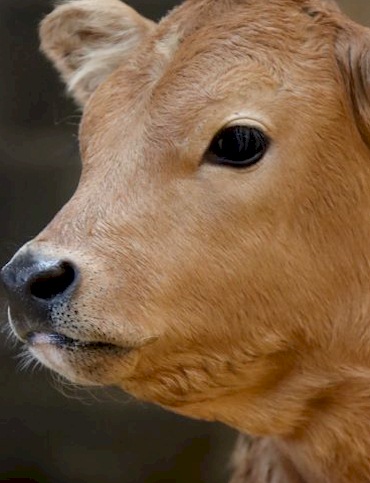Herd Profile/Breeder Testimonial: Wilcot Aubracs
The Aubrac breed has been the cornerstone of Cathal & William Bannon’s thriving dairy and suckler enterprise in Co Laois for the past eight years.Based in between Killenard and Portarlington, the father and son duo operate a dairy enterprise, using Aubrac sires which they run alongside a pedigree Aubrac herd under the Wilcot prefix.
The Bannons have been crossing Aubrac sires on their dairy herd since 2016 and established their prize-winning Wilcot pedigree herd the following year.
The Wilcot herd received the first-place prize for small pedigree herds in the society’s most recent herds competition, which is a testament to stock quality. Cathal, who farms with his father, William, explains that their venture into the Aubrac breed is “the result of curiosity”.
“Relatives of ours had been using Aubrac straws on their dairy herd. They were drawn to their ease of calving and short gestation. Calves were well-conformed and easy to sell.”
“I wanted to try the breed myself, so I purchased an Aubrac bull from Kelly and PJ McGrath in 2016 and bred him to heifers. I have not looked back since; that was eight years ago.”
“Aubracs are our breed of choice when it comes to beef usage within our dairy herd on heifers and cows; we do not use any other beef breed. They are efficient feed converters, grade well and have high kill-out percentages.”
“We retain our dairy-bred progeny until they are 18 months, and sell them to finishers. We sell some dairy-bred Aubrac heifers to commercial suckler farmers, with growing interest from those in organics.”
Cathal has “always liked something different”, and for him, Aubracs “tick all boxes, with calving ease, longevity, high fertility, high feed conversion rates and consistent grading and kill-out results”. Pedigree Aubrac herd
The family sourced pedigree in-calf Aubrac heifers from Ray and Joe Muldowney of the Portarlington herd in Co Laois at the end of 2016 as foundational females. The resulting progeny were born in 2017 and registered with the Irish Aubrac Cattle Society.
They have gradually increased numbers over the years, with selective purchases from various herds throughout Ireland and the retention of their own replacements. Cathal calved down 17 pedigree registered Aubracs this spring and a further 7 heifers will join the breeding herd in 2025.
Breeding all pure, a pedigree Aubrac bull runs with cows, while a separate Aubrac sire runs with heifers following one round of AI through a fixed time programme.
“I favour a sweet-headed animal, that is docile, functional, and somewhat traditional in character, weighing between circa 650kgs-700kgs.”
“I operate a strict culling policy to continually improve our herd’s quality. Usually, all sucklers calve down within six weeks, with heifers first, followed by cows.”
“Most our sucklers calve around mid-March so they can be turned out to pasture with calves. Calves are vigorous and hardy, so they can be turned out of the shed at 2-3 days of age. The timing of our calving pattern also helps when selling bulls for breeding purposes.”
They have developed a particular interest in French Aubrac polled sires, including Spirou, which they have availed of through the society’s breed development programme, for their pedigree herd in recent years. They have also utilised other French AI Aubrac sires including, Jintou and Indigo, on heifers over the years.
“I intend to use more AI on the pedigree herd. I have always desired to purchase a female from France at some point in the future for ET (embryo transfer).”
“I would like to introduce an outcross pedigree to the herd as a different line to breed off, alongside continuing to breed what we have. We have dairy-bred Aubrac heifers, which are becoming increasingly popular as recip dams for ET work,” he remarked.
Selling Aubrac bulls
Selling Aubrac bulls to dairy farmers as an additional revenue stream to diversify the farm has been “another bonus” for the Bannons.
“We are supplying bulls to the dairy herd, and the main feedback I am getting from customers is that some calf buyers often prefer polled calves.”
“By breeding polled cattle, it is one less job for the farmer. There appears to be increased interest in polled genetics across the whole cattle breeding industry. I feel the Aubrac breed needs to gain a foothold in the market, so that is why I am including polled genetics in our breeding programme.”
“We sell most bulls for breeding purposes, but also cull bulls that we feel are not suitable. 95% of our bulls are sold to dairy farmers.”
“Because we have a dairy herd and use Aubrac bulls on our cows, farmers can come to the yard and see our progeny, this year’s and the previous year’s crops, for themselves. This instils confidence in those trying the breed for the first time.”
“Aubracs work well alongside the dairy herd. If we have paddocks not cleaned out fully by the dairy herd, we can graze Aubracs for three or four days comfortably without compromising on their condition. Alternatively, if paddocks become too strong, we use our Aubrac herd to control this.”
“Aubrac has a lot to offer to Irish farming systems. Our journey with the Aubrac breed has been one of discovery, over the last eight years. We continue to learn and try new things and look forward to the next eight,” Cathal concluded.
Phone: 0857789494










